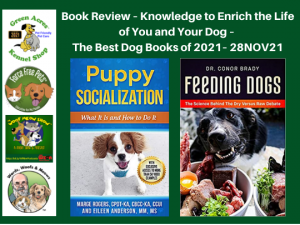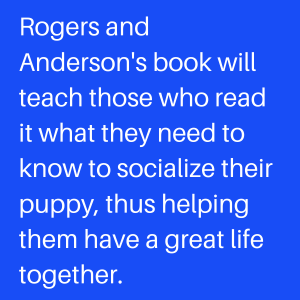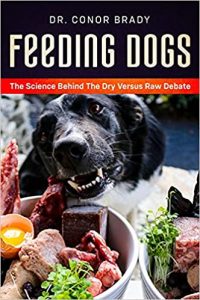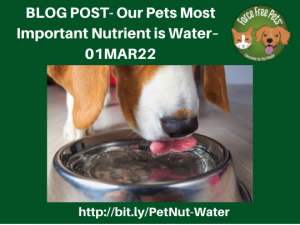 < A version of this article was published in the MAR22 issue of Downeast Dog News>
< A version of this article was published in the MAR22 issue of Downeast Dog News>
< Updated 04MAR22 >
< A short link for this page – https://bit.ly/Nut-Water >
The most important nutrient we provide for our pets is not the food we buy at the store or make from fresh ingredients. It is water. Water is also the most essential nutrient for people as well.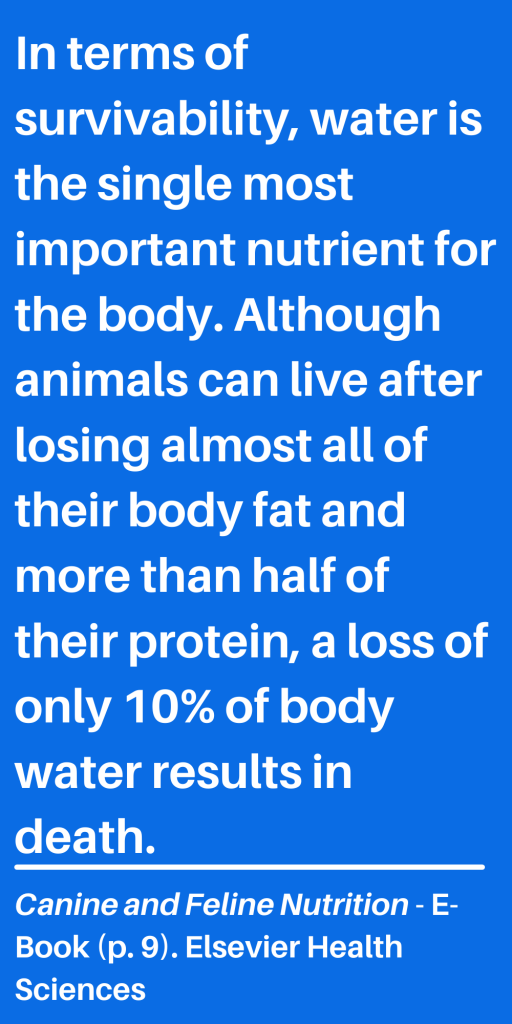
Water is a vital ingredient that fuels our bodies and keeps us alive. Without water, the cells in our body could not grow and reproduce. Water removes toxic wastes from our bodies via urine and helps lubricate our joints. Our body temperature is regulated by water and our brain uses water to produce hormones and neurotransmitters vital to our survival. The saliva we produce is an integral part of the digestive process. Is it any wonder that the human body is 60% water.
According to the American Journal of Clinical Nutrition, “The percentage of water in fat-free wet weight for most mature animals is estimated at 73.2%, although the mean values in the literature range from 63% for the beagle to 80% for the mouse, with the mean for the majority of species between 70 and 76%.” 1
Nature designed the dog and cat to get the bulk of the water they need from their food. While they may drink water we provide in a dish, cats less so than dogs; their body expects most of the water to be ingested with the food they consume.
Let’s look closer at the mouse, which is 80% water and also happens to be a common food source for feral canines and felines, either wild or domestic. The mouse is 80% water, and the rest is protein and fat – an optimal source of fresh nutrients for a dog or cat. I am not advocating we all start feeding our pets mice. However, we can use the mouse to compare the food we typically provide our pets. So, how much water is in our pet’s food? That depends on what we feed them.
Wet food, packaged in cans or pouches, is usually 70 to 75% moisture. Frozen raw food or lightly-cooked frozen food is about 60 to 70% moisture. So both wet and frozen foods are very close to meeting our pet’s water needs. However,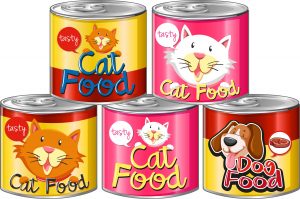 before you immediately switch to these foods, understand that you need to look at the other ingredients. I feed my pets and recommend food with high moisture content and mostly meat (protein and fat) with minimal carbohydrates. Remember, neither the cat nor dog needs any carbohydrates in their diet. So basically, I want my pet’s food to mimic the composition of a mouse.
before you immediately switch to these foods, understand that you need to look at the other ingredients. I feed my pets and recommend food with high moisture content and mostly meat (protein and fat) with minimal carbohydrates. Remember, neither the cat nor dog needs any carbohydrates in their diet. So basically, I want my pet’s food to mimic the composition of a mouse.
Dry pet food; kibble, or freeze-dried and dehydrated foods contain 10 to 12% moisture. Manufacturers work very hard to keep that number low to prevent the food from spoiling. Yet, dry foods contain much less water than our pets’ bodies need. Kibble is also the most popular form of pet food due to its 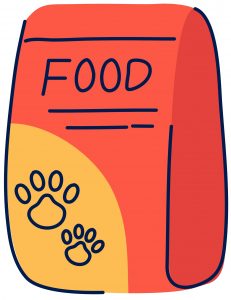 convenience and price compared to other options. Most freeze-dried and dehydrated food brands recommend you rehydrate the food before feeding it to your pet. If they didn’t, I would add water anyway. However, most kibble brands do not discuss the need to add water, which concerns me.
convenience and price compared to other options. Most freeze-dried and dehydrated food brands recommend you rehydrate the food before feeding it to your pet. If they didn’t, I would add water anyway. However, most kibble brands do not discuss the need to add water, which concerns me.
Our pet’s digestive system is designed to work best when digesting food that is 60% or more water. Digesting food with a low moisture content requires your pet to draw on the water reserves held in their cells. That can cause chronic dehydration. When I feed my dog Muppy, I always add water, no matter what type of food I am providing [ FMI – What I Feed My Dog and Why I Feed What I Do – https://bit.ly/WhatIFeedAndWhy ]
Boomer, my cat, is only fed wet food or frozen raw food with high moisture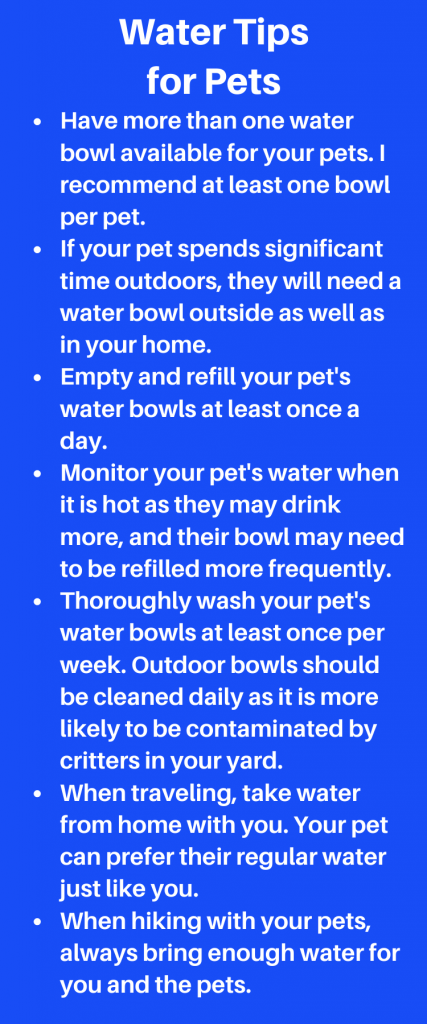 content. Cats are especially susceptible to dehydration as they are desert creatures who evolved to get almost all their water from food. Feeding a cat food with a minimal moisture content can cause a life-threatening medical condition called Urethral Obstruction. That is why I recommend that all cats be fed primarily with wet food.
content. Cats are especially susceptible to dehydration as they are desert creatures who evolved to get almost all their water from food. Feeding a cat food with a minimal moisture content can cause a life-threatening medical condition called Urethral Obstruction. That is why I recommend that all cats be fed primarily with wet food.
There are other benefits of adding water to your pet’s dry food. Water makes the food easier to chew and digest. If warm, the water creates a gravy, making the food more aromatic and palatable.
Be aware there is a myth that dry pet food will keep your pets’ teeth clean, but unless it is one of the special dental formulas, that, like all myths, is just not true. There are also much better ways to keep your pets’ teeth clean.
If you don’t want to add water to your pet’s kibble, consider bone broth, goat milk, fresh veggies (broccoli, kale, zucchini), fresh fruit like Maine blueberries, or a raw egg or some sardines. There are also many food supplements loaded with moisture and other vital micronutrients to consider.
Please, remember how important water is to your pet’s health. You will be glad you did.
Recommended Resources
Articles on Don’s Blog
( http://www.words-woofs-meows.com )
Pet Nutrition Facts – Do You Want Optimal Nutrition, Low Cost, or Convenience? You CANNOT Have It All – https://bit.ly/PetNut-Opt-Cost-Con
What I Feed My Dog and Why I Feed What I Do – https://bit.ly/WhatIFeedAndWhy
Podcasts from The Woof Meow Show
( http://woofmeowshow.libsyn.com/ )
 Podcasts-Two Conversations with Animal Nutritionist Dr. Richard Patton – http://bit.ly/WfMw2wPattonAPR21
Podcasts-Two Conversations with Animal Nutritionist Dr. Richard Patton – http://bit.ly/WfMw2wPattonAPR21
What We Feed Our Pets and Why, with – Don Hanson, Kate Dutra, and Linda Case – https://bit.ly/WfMw-WhatWeFeed-11JUL20
________________________________________________________________________
Don Hanson is the co-owner of the Green Acres Kennel Shop ( greenacreskennel.com ) in Bangor, Maine, where he has been helping people with their pets since 1995. He is also the founder of ForceFreePets.com, an online educational resource for people with dogs and cats. Don is a Bach Foundation Registered Animal Practitioner (BFRAP), Certified Dog Behavior Consultant (CDBC), Associate Certified Cat Behavior Consultant (ACCBC), and a Certified Professional Dog Trainer (CPDT-KA). He is a member of the Pet Professional Guild (PPG), where he serves on the Board of Directors and Steering Committee and chairs the Advocacy Committee and The Shock-Free Coalition ( shockfree.org ). In addition, Don produces and co-hosts a podcast, The Woof Meow Show, available at http://bit.ly/WfMwPodcasts/, the Apple Podcast app, and Don’s blog: www.words-woofs-meows.com. The opinions in this post are those of Don Hanson.
©01MAR22, Donald J. Hanson, All Rights Reserved
< Click for Copyright and Use Policy >
